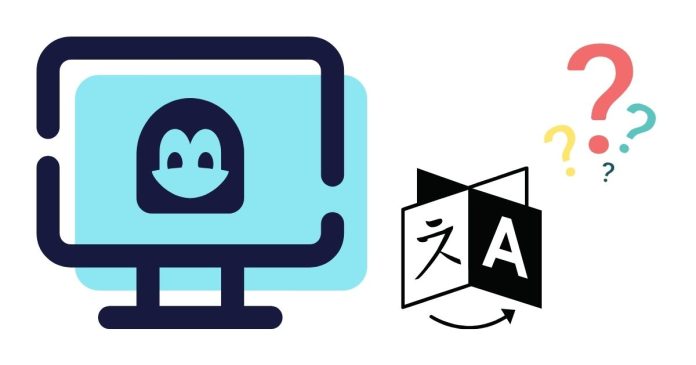When we interact with operating systems like Windows, macOS, and Linux, we rarely consider the languages that power these platforms. These operating systems, however, are the culmination of decades of software engineering, written in a variety of programming languages. Here’s a look at what’s under the hood of these three major OS families.
Windows
Windows, developed by Microsoft, is one of the most widely used operating systems in the world. Its development involves several layers of software, each written in different languages:
- C and C++: The core components of Windows, including the kernel, device drivers, and performance-critical components, are primarily written in C and C++. These languages provide the low-level access and performance needed for an operating system.
- C# and .NET: For higher-level application and utility development, Microsoft heavily relies on its own .NET framework and the C# language.
- Assembly Language: Some parts of Windows, especially those related to boot processes and low-level hardware interactions, are written in assembly language for direct communication with hardware.
- Others: Over the years, Microsoft has integrated scripting and automation languages such as PowerShell, which is based on .NET.
macOS
Apple’s macOS is built on a foundation of UNIX and shares many similarities with Linux. However, it also incorporates unique technologies that distinguish it from other operating systems:
- C, C++, and Objective-C: The macOS kernel, called XNU (“X is Not Unix”), and many system components are primarily written in C. C++ and Objective-C are used for higher-level frameworks and application support.
- Swift: In recent years, Apple has shifted much of its application and framework development to Swift, a modern programming language designed for safety and performance.
- Assembly Language: As with Windows, assembly language is used for certain low-level functionalities.
- Python, Ruby, and Shell Scripting: macOS includes support for scripting languages for automation and system management.
Linux
Linux is an open-source operating system kernel at the heart of many distributions (e.g., Ubuntu, Fedora, Debian). The collaborative nature of Linux’s development has resulted in a diverse ecosystem of languages:
- C: The Linux kernel is almost entirely written in C. This language offers the low-level capabilities needed for system-level programming.
- Assembly Language: Critical parts of the kernel, such as architecture-specific code, use assembly language for direct hardware interactions.
- Shell Scripting: Most Linux distributions rely on shell scripting (e.g., Bash) for system initialization and maintenance tasks.
- Python, Perl, and Others: These languages are commonly used for utilities, package management tools, and administrative scripts.
Why These Languages?
The choice of programming languages for these operating systems is dictated by several factors:
- Performance: C and C++ are fast, efficient, and allow fine-grained control over hardware.
- Legacy: Many components of these operating systems date back decades, written in languages prevalent at the time.
- Ecosystem: Each operating system maintains compatibility with its own frameworks, tools, and developer communities.
The languages behind Windows, macOS, and Linux reflect the complexity and diversity of modern operating systems. From the low-level performance of C and assembly to the high-level convenience of Swift and C#, these languages work together to provide the functionality and reliability we expect from our devices. Understanding these foundations can deepen our appreciation of the technology we use daily.


